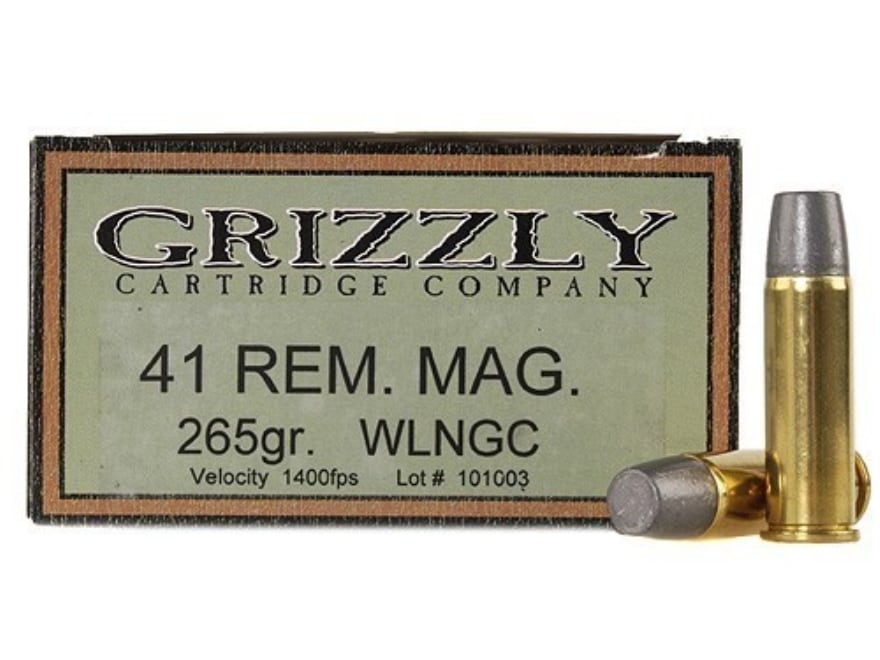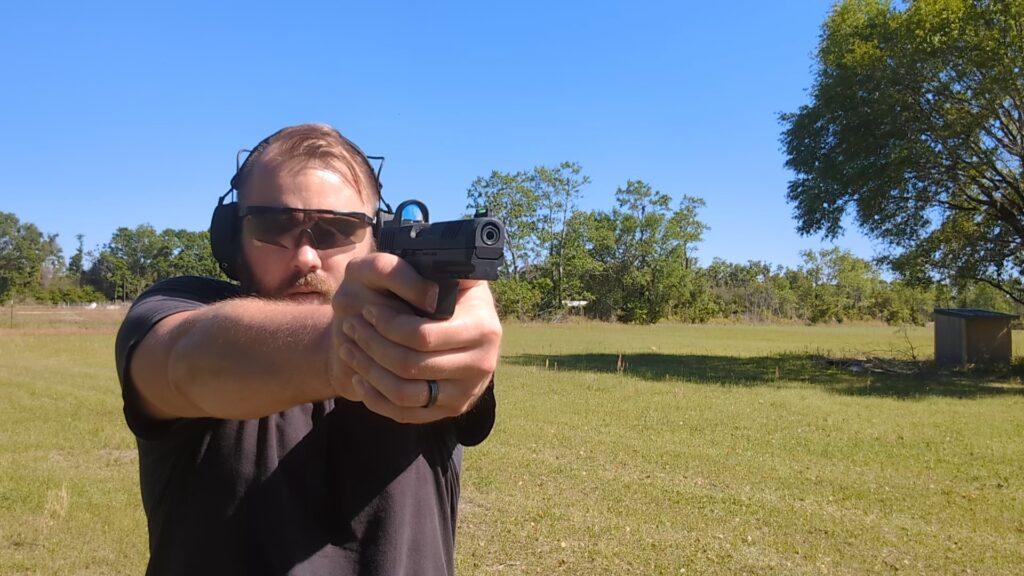Remington was ruining things well before the Freedom group began shaking their carcass for every dime they could squander. I might be exaggerating a little, but they did kill the .41 Magnum in its cradle. You might hear people, including me, praising the .41 Magnum. Sure, it’s a decent round, but ask your friends if they own any .41 Magnums. The .357 and .44 are ten times, if not more, popular. The reason is that Remington took a great idea and snuffed it out.
History Behind the .41 Magnum
In the world of revolvers, there are a few names that will always stand out. Names like Elmer Keith, Bill Jordan, and Skeeter Skelton often revolve around the double-action revolver, and for good reason. In the 1950s and 60s, they dominated the world of revolver shooting, writing, and development. They were the guys who made the .357 Magnum and .44 Mangum happen. In the 1960s, Keith and Jordan led the charge with some assistance from Skeeter Skelton to develop a round that sat between the .357 Magnum and .44 Magnum.
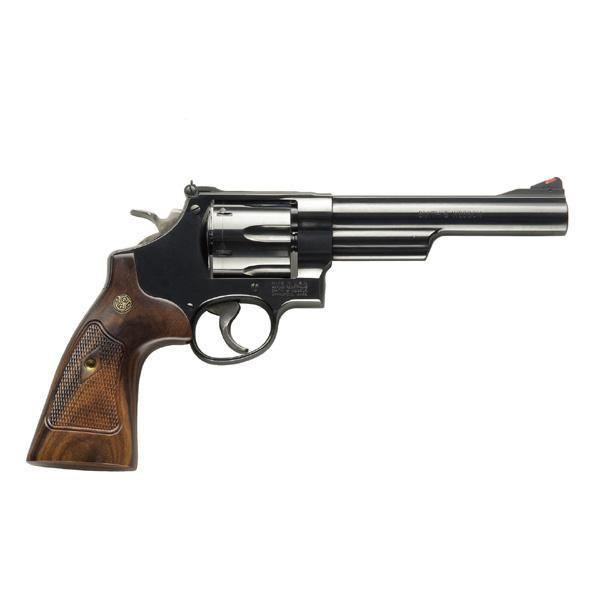
Advertisement — Continue Reading Below
In this era, the .357 Magnum was fine, but we didn’t have jacketed hollow points, and the rounds were powerful, but their terminal ballistics weren’t perfect. They were lacking a bit. The .44 Magnum was also great for hunting, but it had tons of recoil and wasn’t appropriate for combative shooting. Rounds like the .44 Special were great, but they didn’t pack a magnum punch.
Elmer Keith wanted to produce a round that could be incredibly versatile. It could pack that magnum power needed for long-range or hunting use and throw a 210-grain bullet at 1,400 feet per second. Shooters could also choose a milder load designed for defensive applications that launch a 200-grain round at 900 feet per second. Using the .41 caliber-sized projectile allowed the revolver to be much smaller and lighter than a .44 Magnum.
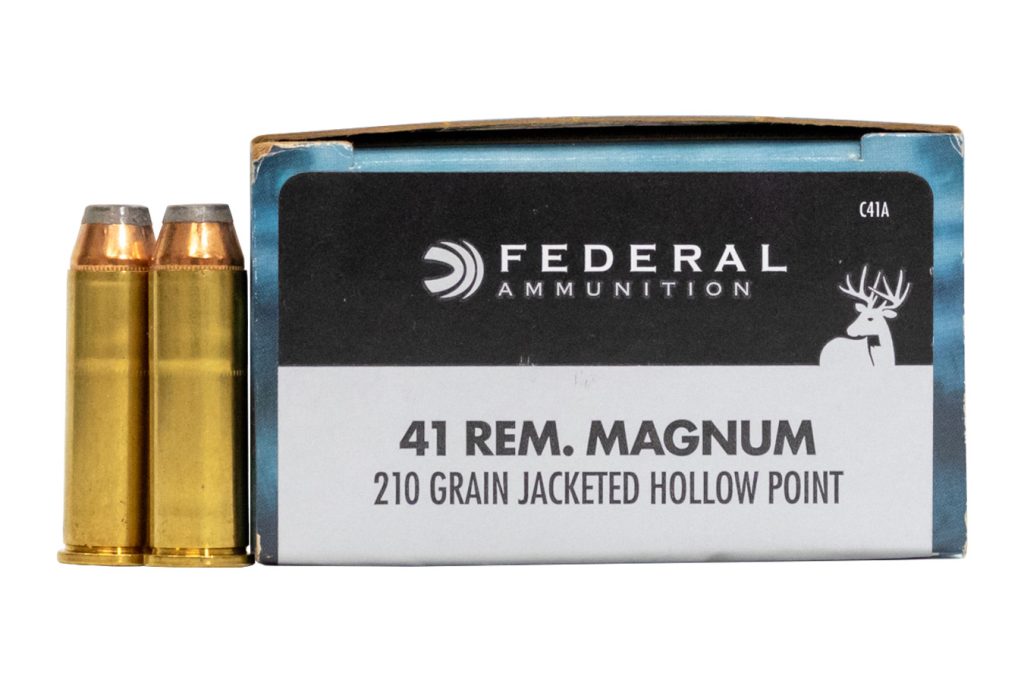
Advertisement — Continue Reading Below
In many ways, it was the predecessor to the 10mm. It could be both powerful and light loaded and could fit into mostly standard-sized handguns.
How Remington Ruined It
Remington produced the .44 Magnum at the behest of Elmer Keith, so they had a working relationship. Elmer Keith went to Remington, and Remington had an interest in the cartridge. However, they didn’t have the same interest Elmer Keith had. At this point, the market was swayed by magnum power! People loved the magnum rounds, and that’s all Remington saw with the 41 Magnum.
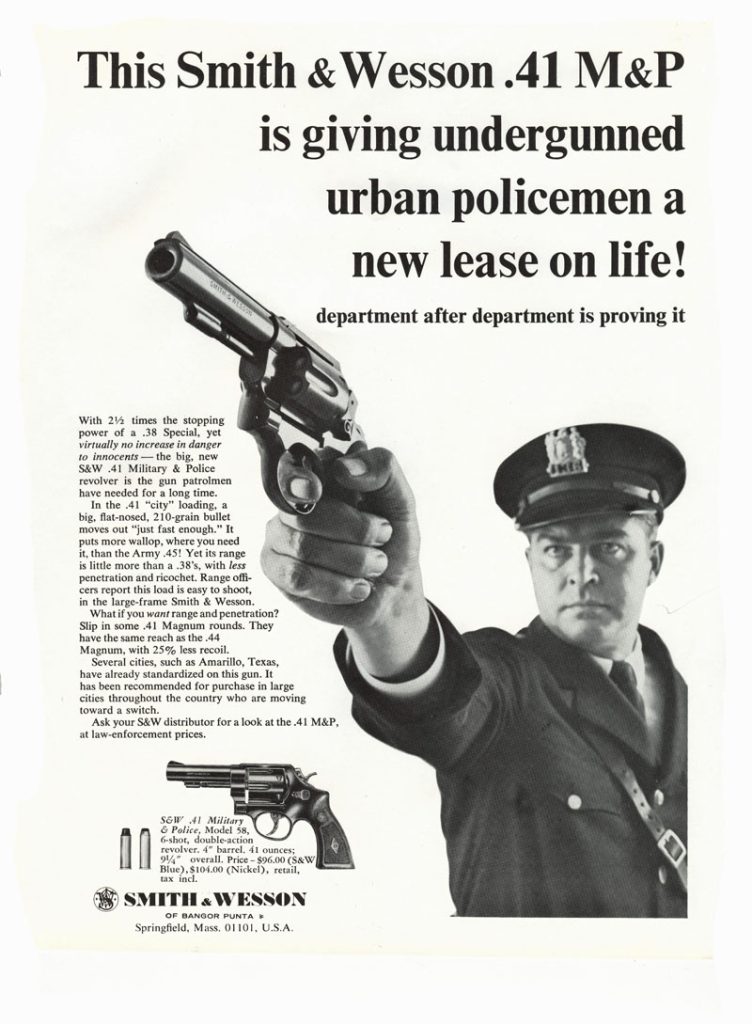
Advertisement — Continue Reading Below
They produced the .41 Magnum in a 1,500-feet-per-second magnum variant, and the lighter police load was loaded to 1,150 feet per second. This police load didn’t catch on, and for law enforcement agencies still wielding the .38 Special, this round seemed beastly.
S&W produced the Model 58 for law enforcement, but it was fairly heavy at 41 ounces. A mixture of heavy recoil and a heavy gun meant it wasn’t scoring high or reaching its original vision.
Is .41 Magnum a Bad Round?
Not at all. It’s a fairly nice magnum round when fired from revolvers. It has lighter recoil than the .44 Magnum and great terminal ballistics. However, it never reached its goal because it never did anything much different than the .44 Magnum. The old .44 Magnum was already well established. The .41 Magnum could have been a great cartridge for the law enforcement world at the time, but Remington didn’t listen to the men who designed and pioneered the cartridge.
Advertisement — Continue Reading Below
It just became another big bore magnum round that didn’t do anything special. The .41 Magnum has since been a bit of a niche round. There are a few revolvers still in production and even some lever guns here and there. The round wasn’t totally a failure, but it never reached its peak popularity. Imagine a 900 FPS .41 Magnum out of a midsize modern revolver. With a good JHP, it would be an excellent revolver round for self-defense.
Sadly, Remington never allowed it to reach that potential.
